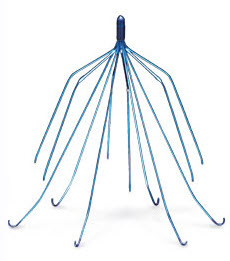After hearing thirty-seven days of trial testimony and deliberating for four days, a Texas jury determined that Johnson & Johnson was liable for defectively designing their metal-on-metal hip implants. The lawsuit alleged that Johnson & Johnson aggressively marketed their Pinnacle metal-on-metal hip implants for use by younger, more active patients because the metal-on-metal implants were long-lasting, durable and safe despite being aware of the design flaws in the implants, which caused them to fail more frequently and quickly than expected, leading to injuries including tissue death, bone erosion and high levels of metal in their blood. The five Plaintiffs who brought the lawsuit collectively received a $502 million judgment which was comprised of $142 million in compensatory damages and $360 million in punitive damages. The verdict will be split amongst the Plaintiffs based on the severity and impact that each Plaintiff suffered as a result of their individual injuries.
Unfortunately, Johnson & Johnson has vigorously stated since the massive verdict was returned that they will appeal the result. One of the many issues that will certainly be raised on appeal is Texas’ law which caps punitive damages. This means that on appeal the $360 million punitive damage award could be reduced to as low as $10 million.
However, despite a pending appeal and a possible overall reduction in punitive damages, the recent verdict is still an overwhelming triumph for Plaintiffs who suffer from defective metal-on-metal hip implants. Most notably, the recent verdict marks Johnson & Johnson’s first trial loss regarding the use of metal on metal artificial hips. In a prior trial in the same multi-district litigation (“MDL”), Johnson & Johnson was successful in defending a single Plaintiff suit based on its argument that it was the surgeon who installed the implant’s fault instead of the defective implant itself. However, based on this most recent verdict it appears the tide has begun to change in favor of the Plaintiffs, and Johnson & Johnson will no longer be able to overlook its defective product and place blame on the implanting surgeons.
 Alabama Injury Law Blog
Alabama Injury Law Blog


